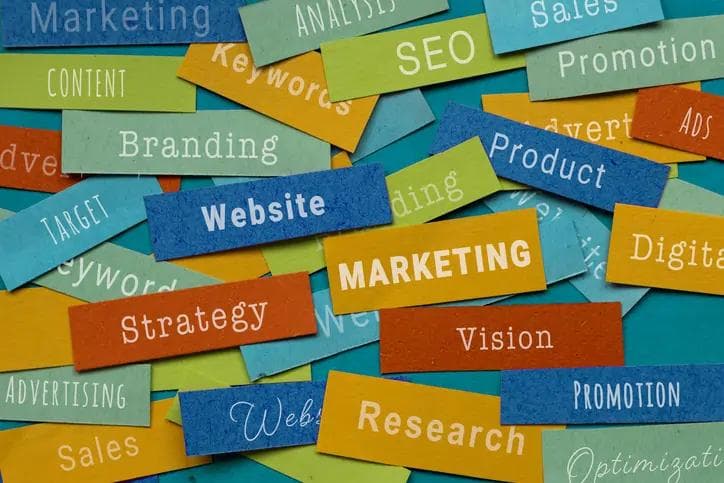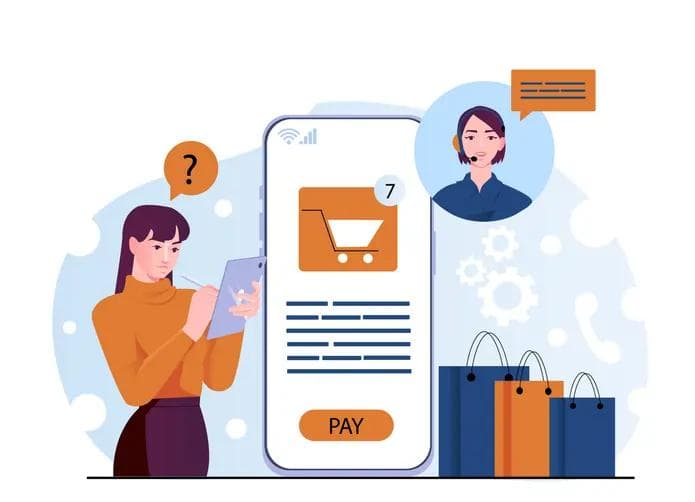The Subscription Economy Surge: How Recurring Revenue Models Are Reshaping Global Commerce
The Subscription Economy Surge: How Recurring Revenue Models Are Reshaping Global Commerce
Published by Jessica Weisman-Pitts
Posted on February 27, 2025

Published by Jessica Weisman-Pitts
Posted on February 27, 2025

The global economy has undergone a structural shift, with the rise of the subscription-based business model fundamentally transforming how companies generate revenue and how consumers access goods and services. Over the past decade, the subscription economy has expanded by 435%, reshaping industries and customer expectations. This growth trajectory is set to continue, with market projections estimating that the subscription economy will reach a valuation of $3 trillion this year.
The Evolution of Subscription Models
Once limited to newspapers and magazines, subscription-based revenue models now permeate nearly every sector, spanning entertainment, technology, e-commerce, and financial services. At the heart of this transformation is a shift in consumer preferences from ownership to access. Companies leveraging subscription models provide ongoing value while securing predictable revenue streams, a particularly attractive proposition in an increasingly volatile economic landscape.
According to recent industry data, 89% of businesses report optimism about the long-term growth of their recurring revenue strategies despite inflationary pressures and macroeconomic uncertainty. This confidence stems from the model's inherent stability, which fosters stronger customer relationships and enables data-driven personalization, ultimately enhancing customer retention and lifetime value.
Changing Consumer Behavior
The proliferation of subscription-based services has driven notable changes in consumer behavior, particularly in how individuals allocate discretionary spending and interact with brands. Research from the Journal of Service Theory and Practice indicates that this shift has not only raised consumer trust but also their expectations, leading to a more optimistic outlook for the future.
1. From Ownership to Access
The preference for access over ownership is particularly pronounced among younger demographics, who prioritize flexibility and convenience over long-term commitments. Streaming services, software subscriptions, and even product-based subscriptions—ranging from fashion rental to automotive leasing—have gained traction as consumers seek more adaptable consumption models.
2. Growing Demand for Personalization
The rise of data-driven decision-making has significantly raised the bar for consumer expectations. Subscription businesses now leverage consumer insights to not just refine offerings, but to optimize pricing strategies and deliver highly personalized recommendations. This level of personalization is not just a feature, but a necessity for enhancing engagement and brand loyalty in the subscription economy.
3. Subscription Fatigue and Budget Constraints
While consumers have embraced recurring payment models, an increasing number report experiencing “subscription fatigue”—a growing reluctance to manage multiple ongoing payments. Research indicates that younger consumers, in particular, are reassessing their subscriptions, weighing necessity against discretionary spending amid rising costs. This trend forces businesses to refine their value propositions and offer greater flexibility, such as tiered pricing and bundled services, to retain subscribers.
Industry Disruption and Growth
The subscription model has redefined business strategies across multiple industries, driving revenue diversification and customer retention in traditionally transactional markets.
Technology & SaaS
The Software-as-a-Service (SaaS) sector has become dominant, replacing conventional licensing models with cloud-based subscriptions. This transition has democratized access to enterprise-grade tools, enabling businesses of all sizes to leverage cutting-edge technology without the burden of significant upfront investment.
Entertainment & Media
Streaming platforms like Netflix and Spotify have revolutionized content consumption, steering the entertainment industry away from ownership-based models. The subscription market’s momentum is expected to continue, with revenue forecast to exceed $996 billion in transaction value by 2028, mainly driven by digital content consumption.
Consumer Goods & E-commerce
Product subscriptions, from curated fashion boxes to grocery delivery services, have gained significant traction. Retailers and brands leverage the model to establish recurring revenue streams while fostering direct-to-consumer relationships. Companies increasingly focus on enhancing subscription flexibility and sustainability as customer expectations evolve to remain competitive.
Challenges and Considerations
Despite the subscription economy’s rapid expansion, companies face several key challenges that could influence long-term viability.
Market Saturation
The surge in subscription-based offerings has resulted in intense competition, making differentiation a growing challenge. Businesses must demonstrate clear value and continually innovate to maintain customer engagement.
Subscription Fatigue & Retention Risks
Research indicates that consumers are experiencing subscription fatigue, particularly in markets with competing services. This fatigue manifests as dissatisfaction, tension, and a desire to simplify subscription commitments. As consumers become more selective about their recurring expenses, businesses must focus on retention strategies. Offering greater flexibility—such as pause options, loyalty perks, and hybrid models combining one-time purchases with subscription benefits—can help mitigate churn.
Data Privacy & Regulation
The increased reliance on customer data to drive personalization raises concerns about privacy and security. Stricter data protection regulations, such as the GDPR and evolving U.S. consumer privacy laws, require businesses to strike a balance between leveraging data-driven insights and maintaining consumer trust.
The Future of the Subscription Economy
As the subscription economy continues to evolve, several key trends are likely to shape its trajectory:
The Future of Subscription-Based Business Models
The subscription economy is more than a passing trend—it represents a structural shift in how businesses generate revenue and engage with consumers. While the model has driven significant growth across industries, companies must now focus on sustainability, differentiation, and long-term customer value to remain competitive.
In its early stages, subscription-based businesses prioritized rapid customer acquisition, often at the expense of profitability. However, as the market matures, investors and industry leaders are placing greater emphasis on operational efficiency, retention strategies, and lifetime customer value. The next growth phase will require companies to refine their cost structures, optimize pricing models, and minimize churn to build sustainable businesses.
Adapting to changing consumer preferences is a challenge and a critical necessity. As economic conditions shift and discretionary spending becomes more selective, businesses must provide greater flexibility in their offerings. Hybrid models that blend subscriptions with one-time purchases, usage-based billing, or freemium structures are already gaining traction, allowing companies to cater to a broader customer base while maintaining revenue stability. Striking the right balance—offering convenience without overwhelming consumers with excessive subscription commitments-will be the key to success in the subscription economy.
As the subscription economy evolves, technology and AI will play an ever more critical role in its transformation. From hyper-personalized experiences and predictive analytics to AI-driven customer support and churn prevention, businesses that harness data effectively will strengthen their competitive edge. At the same time, as subscription models become more data-reliant, regulatory compliance and ethical considerations around consumer privacy will become more pressing. Transparency in data collection, clear billing practices, and adherence to evolving privacy laws will be essential in maintaining consumer trust.
Market dynamics are also shifting as competition intensifies. With saturation in key industries—particularly media, entertainment, and software—the subscription economy is entering a consolidation phase. Larger firms are acquiring smaller players to expand their ecosystems, while niche providers differentiate themselves through highly specialized offerings. Strategic partnerships and mergers are likely to shape the next wave of innovation, with companies leveraging economies of scale to enhance value propositions and profitability.
The subscription economy is no longer just about recurring revenue but about creating lasting relationships with consumers through continuous value delivery. Businesses that can navigate market saturation, address consumer fatigue, and integrate technology-driven enhancements will be best positioned for long-term success. As companies refine their strategies, those that remain agile, customer-focused, and financially resilient will set the standard for the next evolution of subscription-based commerce.
The outlook remains promising for investors, but success will require discerning between sustainable models and those reliant on unsustainable growth. The businesses that thrive will combine scalability with financial discipline, demonstrating a clear ability to balance growth with profitability. As the landscape evolves, innovation, adaptability, and consumer-centricity will define the future of the subscription economy.
Explore more articles in the Business category











